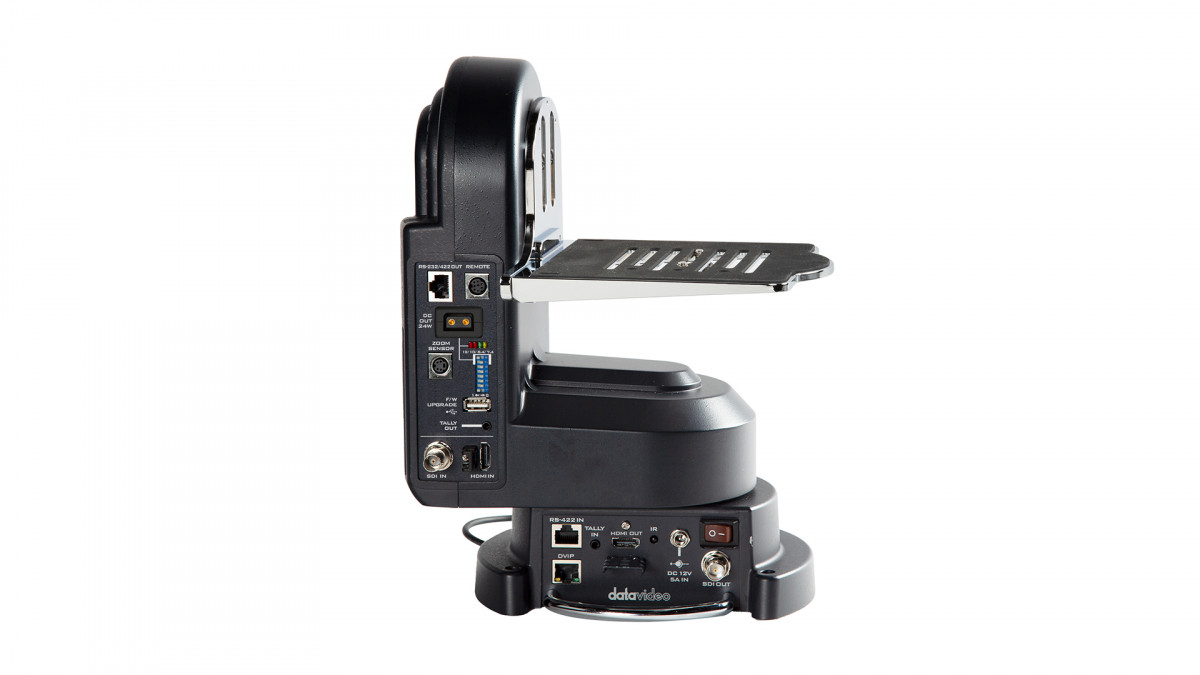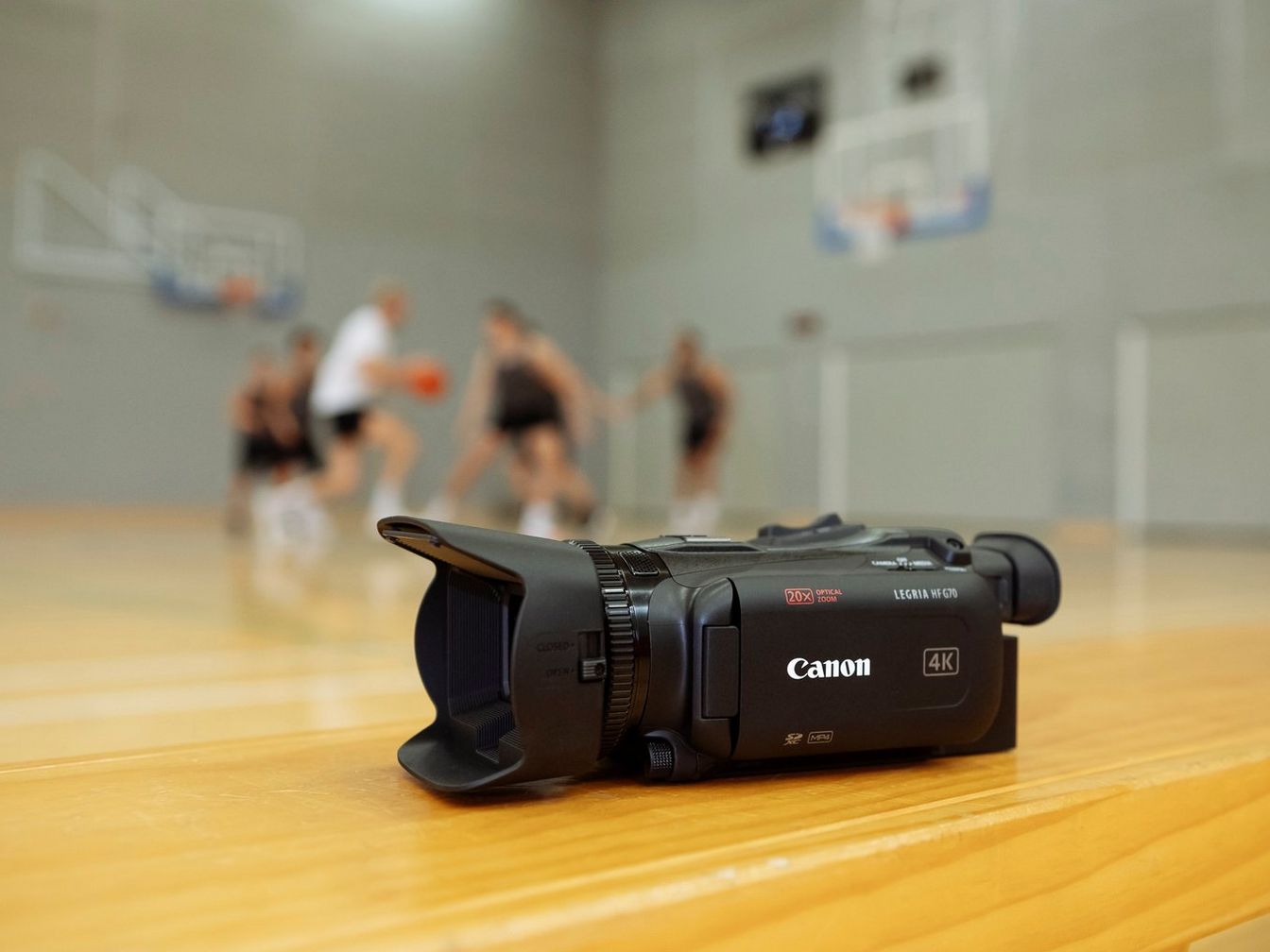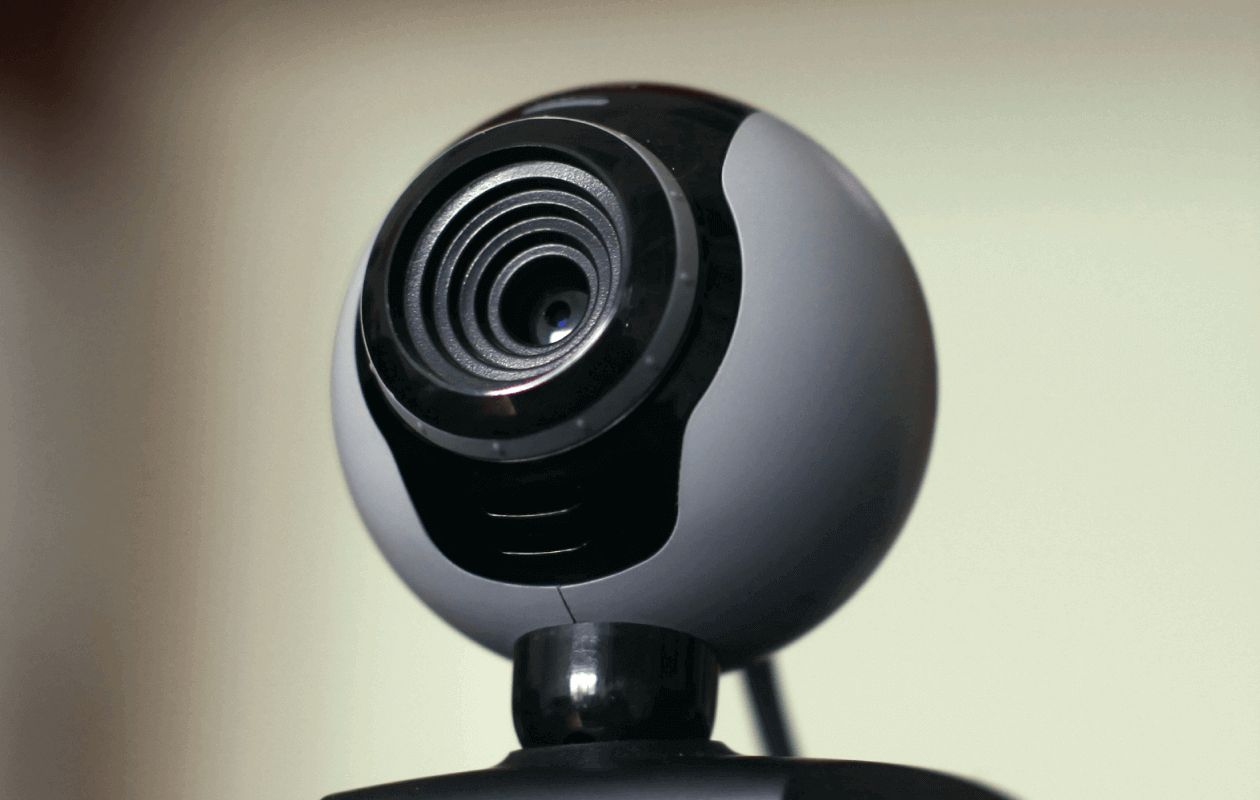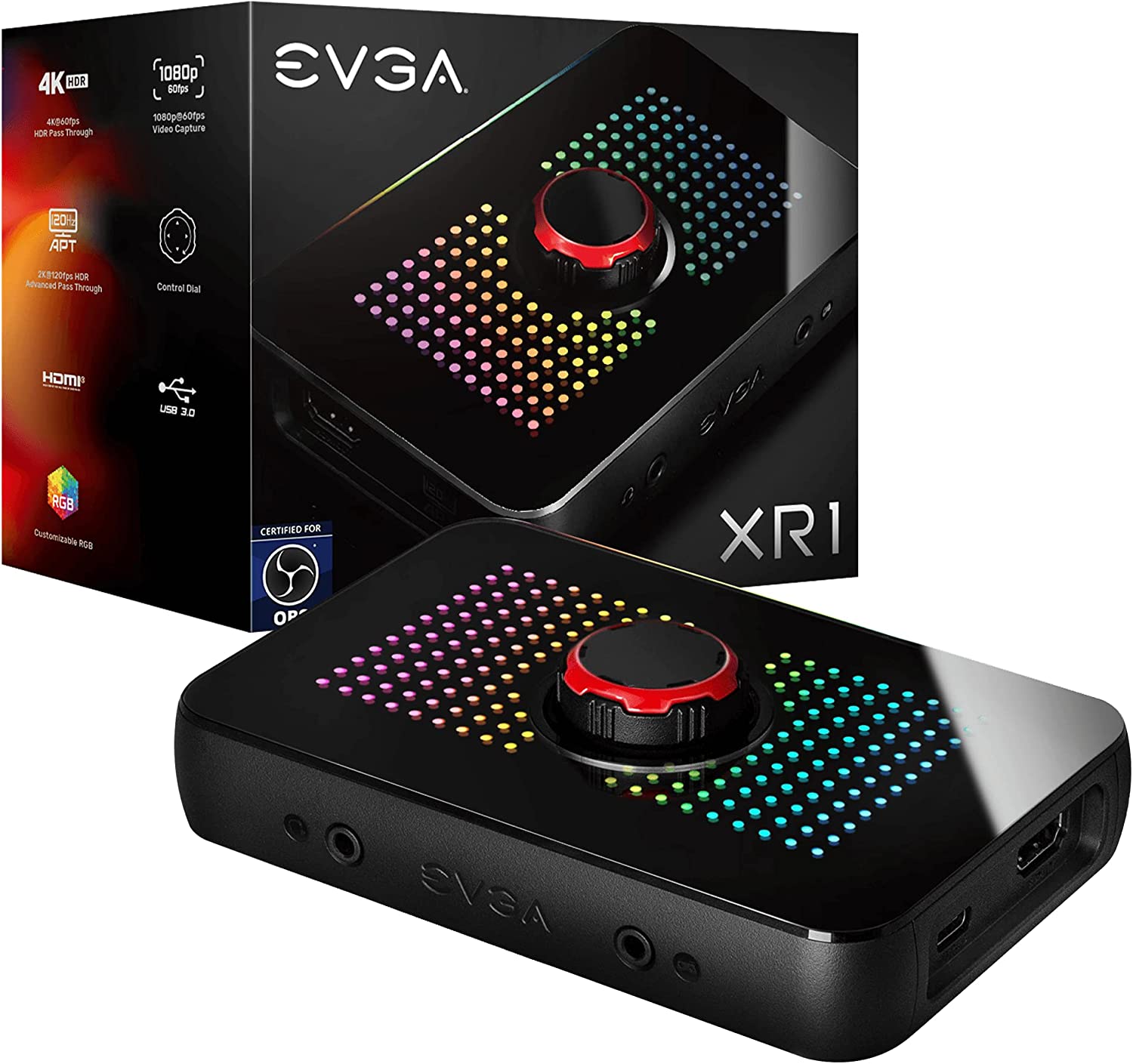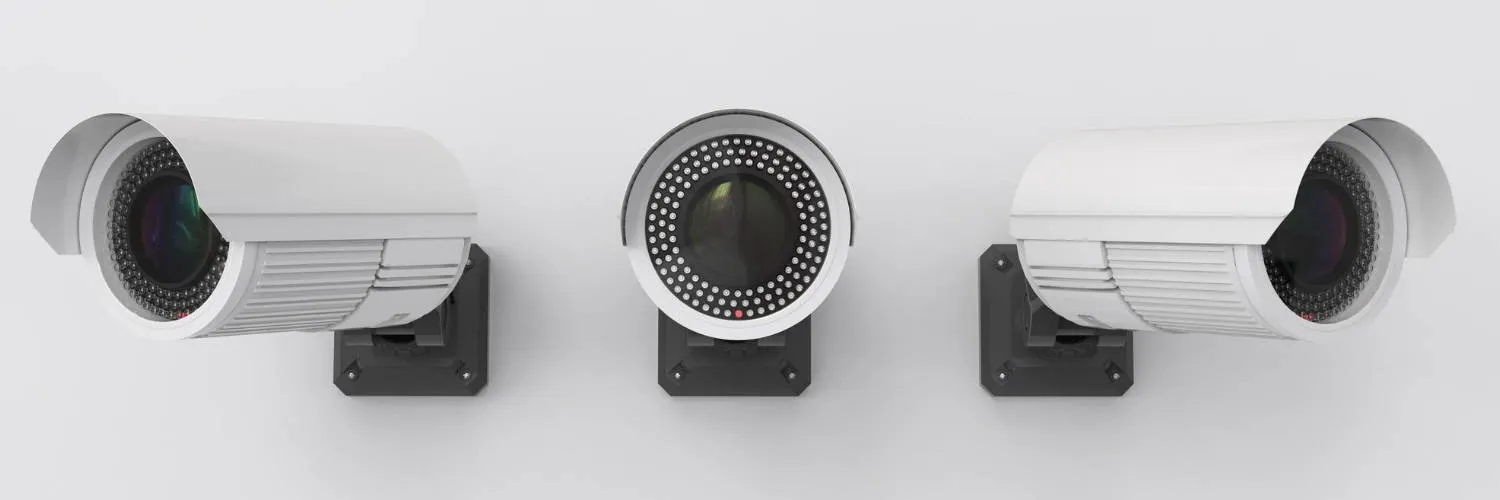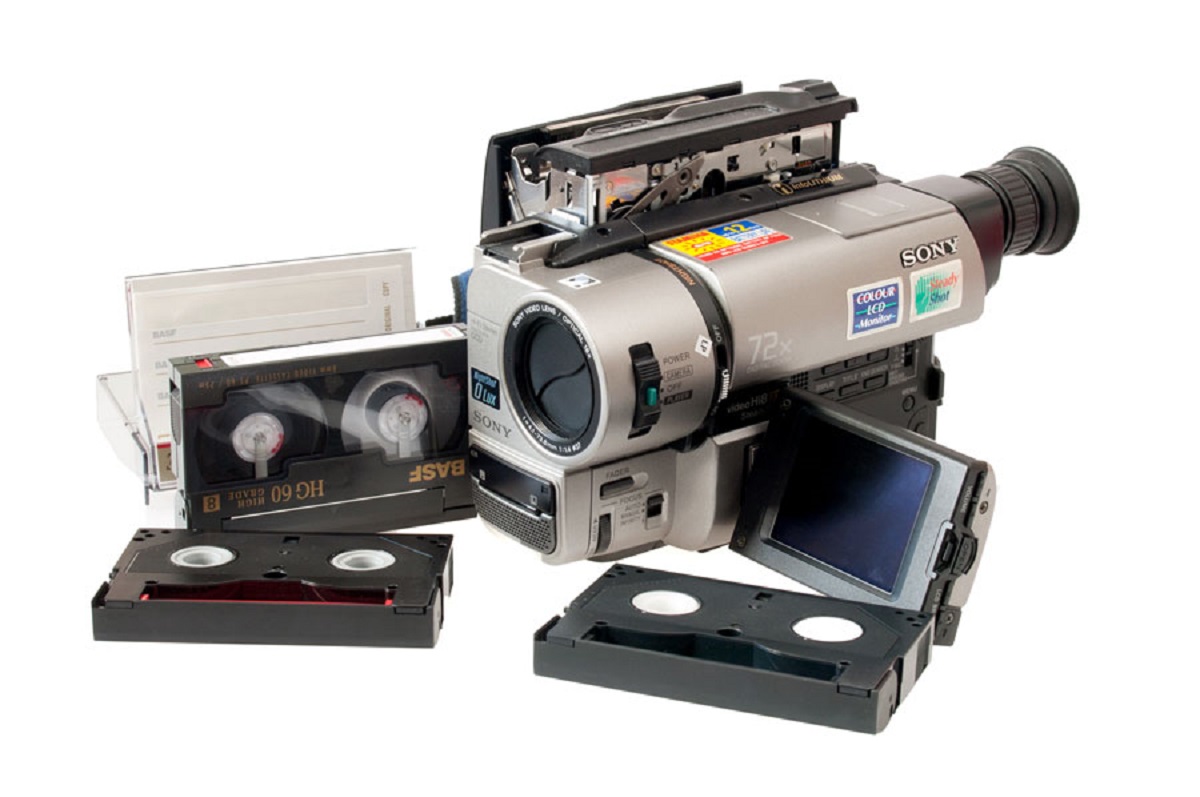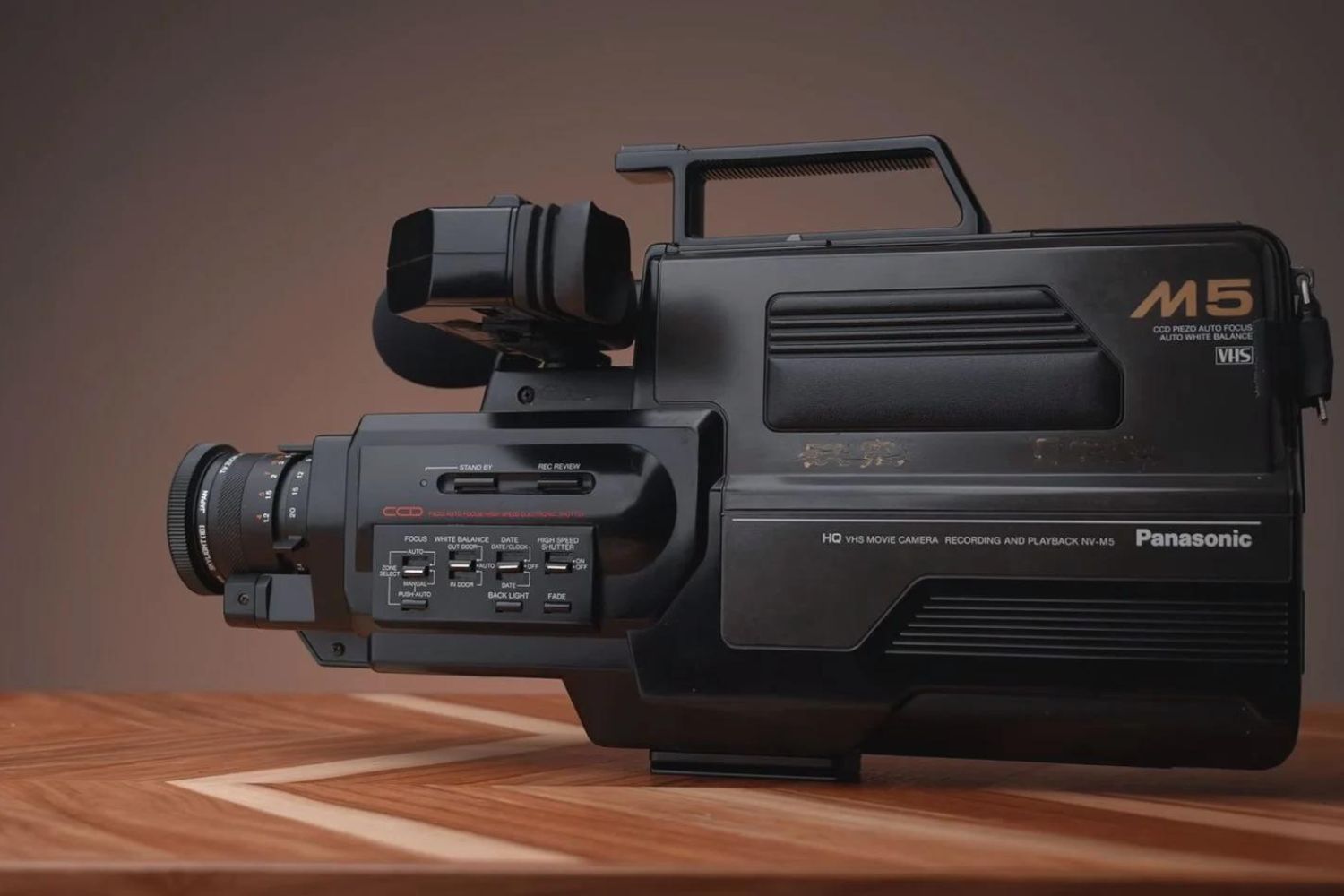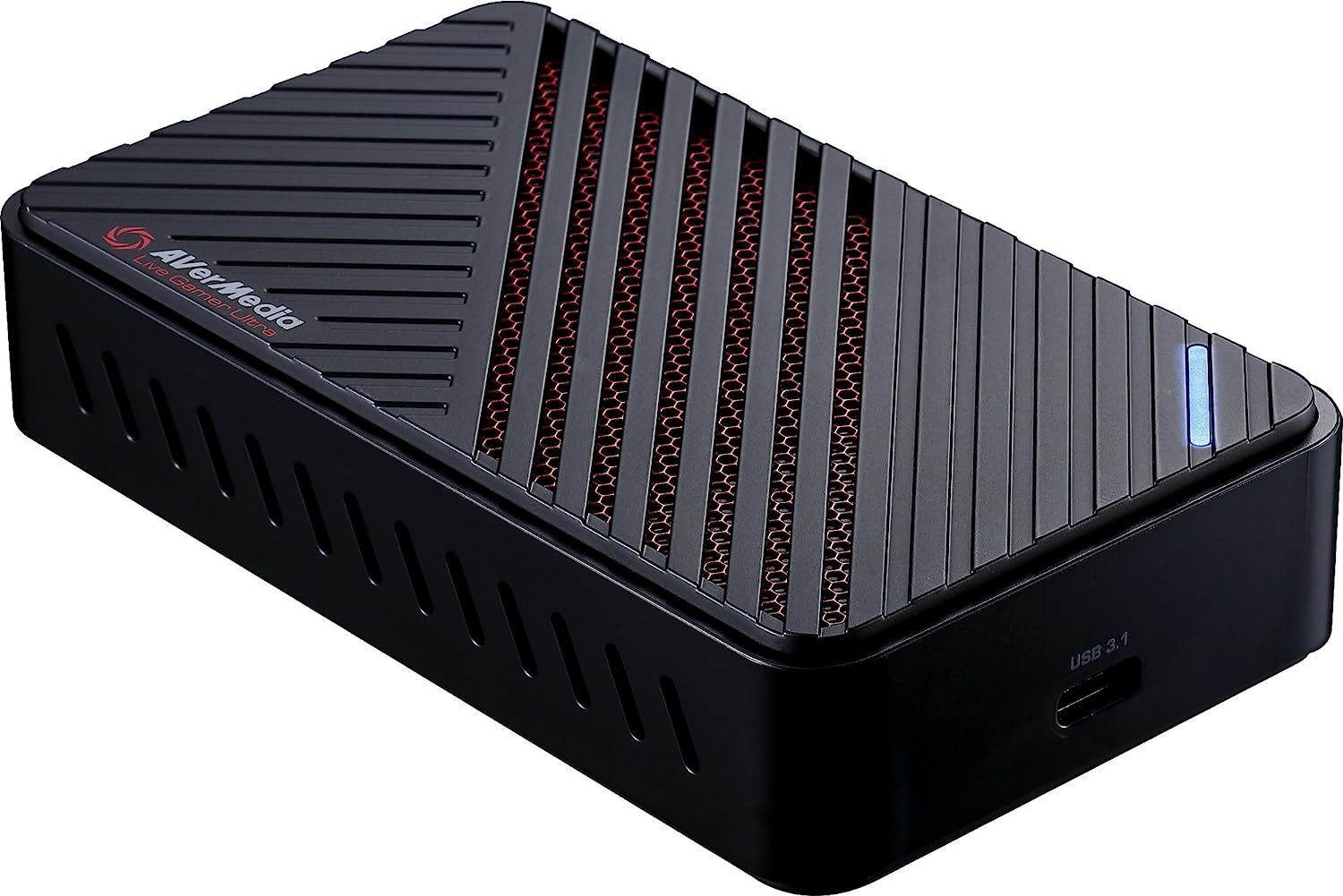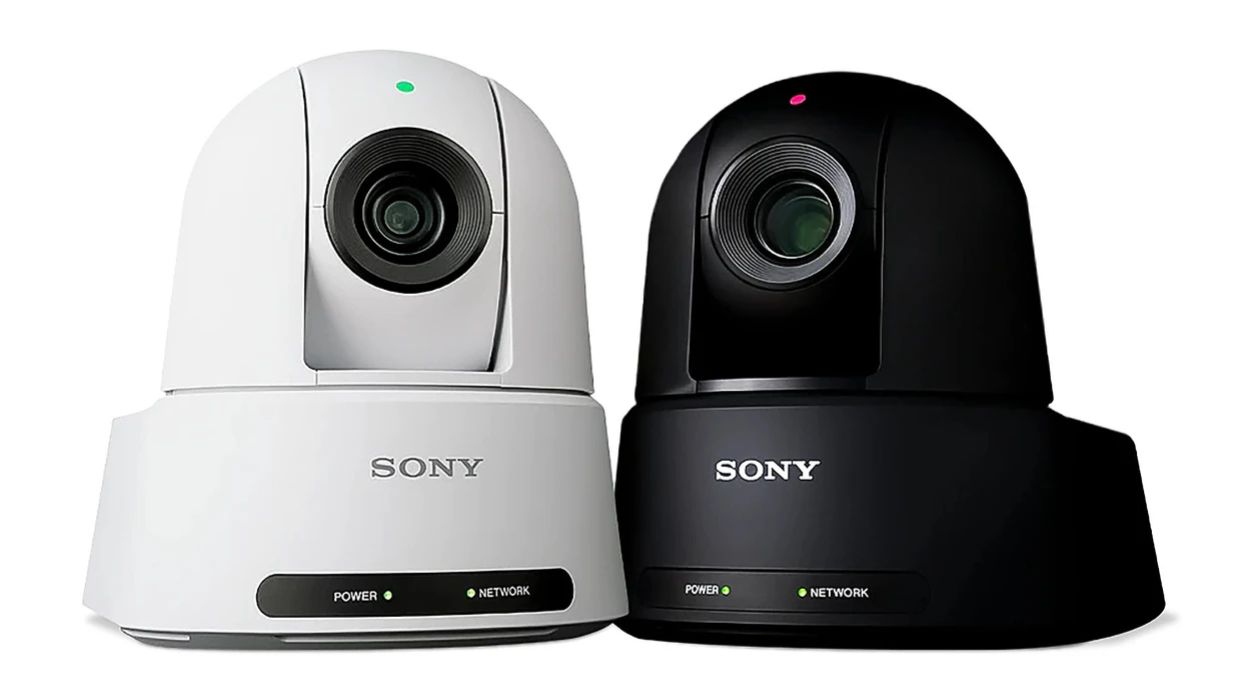Introduction
Are you looking to repurpose your LANC camcorder into a versatile and powerful PTZ (Pan-Tilt-Zoom) camera? This transformation can unlock a world of new possibilities, allowing you to remotely control the camera's movements and capture dynamic, professional-quality footage. Converting your LANC camcorder to a PTZ camera is a strategic decision that can elevate your video production capabilities, whether for live events, broadcasting, or content creation.
By harnessing the potential of a PTZ camera, you can revolutionize the way you capture video, offering seamless control over the camera's positioning and zoom functionality. This innovative conversion empowers you to adapt to various shooting scenarios, from live performances to corporate presentations, with unparalleled ease and precision.
The transition from a LANC camcorder to a PTZ camera represents a significant upgrade, enabling you to enhance the quality and versatility of your video productions. Whether you are a seasoned videographer or a passionate content creator, this conversion can expand your creative horizons and provide a competitive edge in the ever-evolving landscape of visual storytelling.
In this comprehensive guide, we will delve into the intricacies of converting a LANC camcorder to a PTZ camera, exploring the benefits, tools, and step-by-step procedures required to accomplish this transformation. By the end of this tutorial, you will have a clear understanding of the process and be well-equipped to embark on this exciting journey of technological innovation and creative exploration. Let's embark on this transformative endeavor and unlock the full potential of your LANC camcorder through the magic of PTZ technology.
Understanding LANC Camcorders
Before delving into the conversion process, it’s essential to grasp the fundamental characteristics and functionalities of LANC (Local Application Control Bus System) camcorders. LANC is a communication protocol utilized in camcorders to facilitate remote control over various functions, such as zoom, focus, and record start/stop, through a LANC controller or compatible device.
LANC camcorders are renowned for their compatibility with a wide array of accessories and peripherals, allowing for seamless integration into diverse production setups. This adaptability makes LANC camcorders a popular choice among videographers seeking precise control and flexibility during video capture.
Key features of LANC camcorders include:
- Remote Control Capabilities: LANC technology enables remote operation of essential camcorder functions, empowering users to manipulate settings and capture footage from a distance.
- Compatibility: LANC camcorders are designed to work harmoniously with an assortment of LANC controllers, providing users with a broad selection of compatible accessories for enhanced functionality.
- Precision and Control: The LANC protocol offers precise control over zoom, focus, and recording, allowing videographers to capture intricate details and execute smooth, professional-grade shots.
Understanding the intricacies of LANC camcorders sets the stage for the transition to PTZ technology, providing a solid foundation for leveraging the existing capabilities of the camcorder within the context of a PTZ system. As we progress, this knowledge will prove invaluable in harnessing the full potential of the PTZ conversion and optimizing the performance of the reimagined camera system.
Benefits of Converting to PTZ Camera
Embarking on the journey of converting a LANC camcorder to a PTZ camera presents a myriad of compelling benefits, revolutionizing the way you capture video and expanding your creative horizons. Here are some notable advantages of embracing this transformative conversion:
- Remote Control Functionality: With a PTZ camera, you gain the ability to remotely pan, tilt, and zoom, providing unparalleled flexibility and control over the camera’s movements. This feature is particularly advantageous in scenarios where physical access to the camera is limited or impractical.
- Versatility and Adaptability: Converting to a PTZ camera equips you with the versatility to seamlessly adapt to diverse shooting environments and capture dynamic footage from various angles. Whether it’s a live event, lecture hall, or corporate setting, the PTZ functionality empowers you to effortlessly adjust the camera’s position and framing, enhancing the visual storytelling potential of your productions.
- Efficiency and Precision: PTZ cameras offer precise and swift control over pan, tilt, and zoom operations, enabling you to capture intricate details and execute seamless camera movements with exceptional accuracy. This efficiency streamlines the video production process, allowing you to achieve professional-grade results with ease.
- Enhanced Production Value: The transition to a PTZ camera elevates the production value of your video content, imbuing it with a polished and professional aesthetic. The dynamic capabilities of PTZ technology open doors to innovative shooting techniques and captivating visual compositions, enhancing the overall impact of your video productions.
- Seamless Integration: PTZ cameras seamlessly integrate into modern production setups, offering compatibility with a wide range of control systems and video production workflows. This seamless integration facilitates a cohesive and efficient production environment, enabling you to focus on capturing compelling content without technical limitations.
By embracing the conversion to a PTZ camera, you unlock a host of benefits that transcend traditional camcorder functionalities, empowering you to elevate your video productions and embark on a journey of unparalleled creative exploration and technical innovation.
Tools and Equipment Needed
Converting a LANC camcorder to a PTZ camera requires a thoughtful selection of tools and equipment to facilitate a seamless transition. Here’s a comprehensive list of essential items you’ll need to embark on this transformative journey:
- LANC-PTZ Converter Module: This specialized module serves as the linchpin of the conversion process, enabling the seamless integration of LANC control signals with PTZ camera systems. It acts as a bridge between the LANC protocol and the PTZ camera, facilitating remote control and communication.
- Compatible PTZ Camera: Select a high-quality PTZ camera that aligns with your specific production requirements and offers the desired features such as pan, tilt, and zoom functionality, as well as reliable remote control capabilities. Ensure compatibility with the LANC-PTZ converter module for optimal performance.
- LANC Camcorder: The foundation of the conversion process is a LANC-enabled camcorder, which will serve as the core component of the transformed PTZ camera system. Choose a camcorder with the desired image quality and features that align with your production needs.
- Control Interface: Depending on the PTZ camera model and your operational preferences, you may require a compatible control interface, such as a joystick controller or software-based control system, to manipulate the PTZ camera’s movements and settings.
- Power Supply and Cables: Ensure you have the necessary power supply units and cables to connect and power the PTZ camera, LANC-PTZ converter module, and any additional peripherals required for the conversion process.
- Mounting Hardware: Secure mounting hardware, such as brackets and fixtures, is essential for installing the PTZ camera in your desired shooting location. Consider the structural requirements and environmental factors when selecting the appropriate mounting solutions.
- Documentation and Manuals: Familiarize yourself with the user manuals and documentation provided by the manufacturers of the LANC-PTZ converter module, PTZ camera, and other relevant equipment. Understanding the specifications and operational guidelines is crucial for a successful conversion.
By assembling the requisite tools and equipment, you set the stage for a smooth and efficient conversion process, laying the groundwork for a seamlessly integrated PTZ camera system that harnesses the capabilities of your LANC camcorder while unlocking the dynamic potential of PTZ technology.
Steps to Convert LANC Camcorder to PTZ Camera
Embarking on the conversion journey from a LANC camcorder to a PTZ camera involves a series of strategic steps to seamlessly integrate the two systems and unlock the transformative potential of PTZ technology. Here’s a comprehensive guide to the essential steps required for this conversion:
- Acquire the LANC-PTZ Converter Module: Begin by obtaining a high-quality LANC-PTZ converter module that is compatible with your LANC camcorder and the chosen PTZ camera. Ensure that the module supports the necessary communication protocols and offers the required functionality for remote control integration.
- Configure the LANC-PTZ Converter Module: Follow the manufacturer’s instructions to configure and calibrate the LANC-PTZ converter module, ensuring seamless compatibility and communication between the LANC camcorder and the PTZ camera. Pay attention to the settings and parameters that optimize the integration process.
- Connect the LANC Camcorder and PTZ Camera: Establish the physical connections between the LANC-PTZ converter module, LANC camcorder, and PTZ camera, ensuring that the communication interfaces and power supplies are appropriately linked. Refer to the documentation provided with the equipment for detailed connection guidelines.
- Test the Remote Control Functionality: Verify the remote control capabilities by initiating pan, tilt, and zoom commands from a compatible control interface, such as a joystick controller or software-based control system. Ensure that the PTZ camera responds accurately to the commands transmitted through the LANC-PTZ converter module.
- Refine the Integration and Settings: Fine-tune the integration settings and operational parameters to optimize the performance of the converted PTZ camera system. Adjust the communication protocols, sensitivity levels, and operational modes to align with your specific production requirements and shooting scenarios.
- Test and Validate the Performance: Conduct comprehensive testing of the converted PTZ camera system in various shooting environments and scenarios. Evaluate the responsiveness, precision, and reliability of the remote control functionality, ensuring that the system meets the desired performance standards.
- Document and Maintain Integration Guidelines: Document the integration process, including the configuration settings, connection diagrams, and operational guidelines for future reference. Regularly maintain and update the integration guidelines to accommodate any refinements or modifications to the PTZ camera system.
By meticulously following these steps, you can seamlessly convert your LANC camcorder into a fully functional PTZ camera system, harnessing the power of remote control and dynamic camera movements to elevate your video production capabilities and creative potential.
Testing and Troubleshooting
Upon completing the conversion of your LANC camcorder to a PTZ camera, thorough testing and troubleshooting are essential to ensure the seamless functionality and optimal performance of the integrated system. Here’s a detailed overview of the testing and troubleshooting process:
Functional Testing:
Initiate comprehensive functional tests to validate the remote control capabilities and operational functionality of the PTZ camera system. Test the pan, tilt, and zoom movements across the full range of motion, ensuring smooth and accurate response to control commands. Verify the integration of the LANC-PTZ converter module and the compatibility of the control interface with the PTZ camera.
Quality Assurance Checks:
Conduct quality assurance checks to assess the image quality, stability, and precision of the captured footage. Evaluate the clarity and focus of the video output, ensuring that the PTZ camera delivers professional-grade visual content with consistent performance across different shooting scenarios.
Environmental Adaptability:
Test the PTZ camera system in diverse environmental conditions and shooting environments to assess its adaptability and resilience. Verify the system’s performance in challenging lighting conditions, extreme temperatures, and varying physical settings to ensure reliability and versatility in real-world applications.
Troubleshooting and Calibration:
If any operational inconsistencies or performance issues arise during testing, engage in systematic troubleshooting to identify and address the root causes. Calibrate the communication protocols, sensitivity settings, and control parameters to mitigate any potential issues and optimize the overall performance of the PTZ camera system.
Comprehensive Validation:
Conduct a comprehensive validation process to confirm that the PTZ camera system meets the specified performance criteria and operational requirements. Verify the responsiveness, accuracy, and stability of the remote control functionality, ensuring that the system aligns with the intended use cases and production standards.
Documentation and Reporting:
Document the testing procedures, results, and any identified issues or resolutions for future reference. Maintain detailed records of the testing and troubleshooting process, including calibration adjustments and system validations, to facilitate ongoing maintenance and performance optimization.
By rigorously testing and troubleshooting the converted PTZ camera system, you can instill confidence in its reliability and performance, ensuring that it seamlessly integrates into your video production workflows and empowers you to capture captivating visual content with precision and creativity.
Conclusion
As we conclude this comprehensive guide to converting a LANC camcorder to a PTZ camera, it’s evident that this transformation holds the potential to revolutionize your video production capabilities and elevate the quality of your visual storytelling endeavors. By embracing the integration of PTZ technology with your existing LANC camcorder, you embark on a journey of innovation and creative exploration, unlocking a host of benefits and possibilities.
The transition to a PTZ camera empowers you with remote control functionality, versatility, efficiency, and enhanced production value, enabling you to capture dynamic footage with precision and creativity. The seamless integration of the LANC-PTZ converter module, PTZ camera, and control interface culminates in a cohesive and powerful camera system that adapts to diverse shooting scenarios and delivers professional-grade results.
Throughout the conversion process, from acquiring the necessary tools and equipment to testing and troubleshooting the integrated system, attention to detail and meticulous calibration are paramount. By following the outlined steps and embracing thorough testing procedures, you can ensure the seamless functionality and reliability of the converted PTZ camera, setting the stage for compelling visual storytelling and captivating content creation.
As you embark on this transformative endeavor, remember that the conversion from a LANC camcorder to a PTZ camera represents more than a technological upgrade—it symbolizes a commitment to innovation, adaptability, and the pursuit of excellence in video production. Embrace the creative possibilities that PTZ technology offers, and leverage the newfound capabilities to capture compelling visual narratives that resonate with your audience and elevate your storytelling prowess.
With this guide as your companion, you are well-equipped to embark on the exciting journey of converting your LANC camcorder to a PTZ camera, harnessing the power of remote control and dynamic camera movements to unlock the full potential of your video productions. Embrace the transformative power of PTZ technology and embark on a path of boundless creativity and technical innovation in your visual storytelling endeavors.







